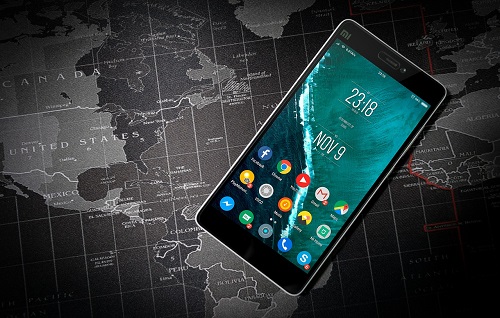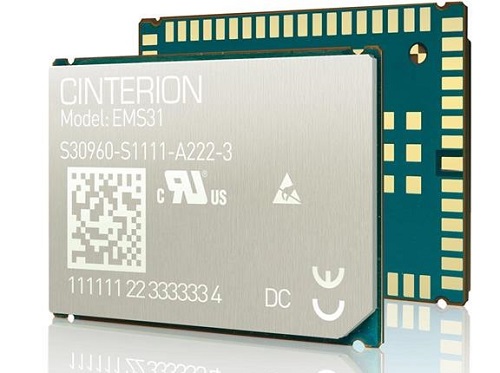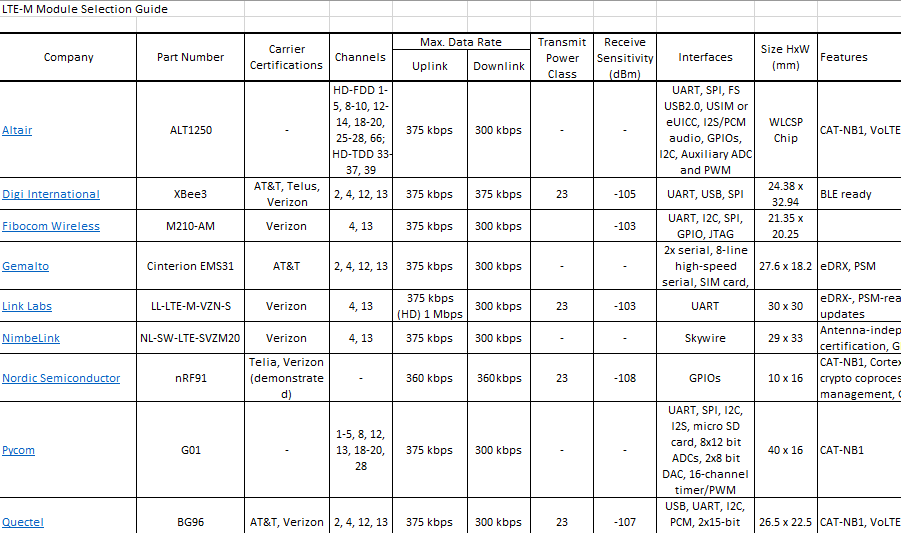By Richard Quinnell, editor-in-chief
Many devices in the Internet of Things use Wi-Fi as their link to the cloud, but there are a host of applications needing both mobility and wide-area connectivity that Wi-Fi cannot offer. For such applications, a variety of low-power wide-area network (LPWAN) technologies are on offer, but most require creation of a proprietary service network to provide extensive coverage. Now, cellular phone networks are implementing a variation on the LTE services that they already have in place that will meet the IoT’s LPWAN needs, and pre-certified modules are the key for designers seeking to quickly enter such application spaces.
The ever-popular Wi-Fi works well for a broad range of IoT applications as long as devices remain within the network’s typical 50-m range. It’s even possible to extend the range to a kilometer or so. But there are numerous existing and potential IoT applications that need much more freedom in their location and movement than Wi-Fi can offer. Most of these must also be battery-powered, which is a second strike against the power-hungry Wi-Fi. What these applications need is a low-power, wide-area network (LPWAN).
To let battery-powered IoT devices operate far from an access point and freely roam over vast — even intercontinental — distances, many alternate LPWAN technologies have arisen. These include such options as LoRa, Sigfox, and Weightless. But all have the same drawback: Their use depends on first establishing a network of access points that cover the geographic area in which the IoT device is to operate. For the most part, these LPWAN alternatives have only built up networks with very limited coverage. And many of the alternatives do not allow devices to readily roam from one access point to another.

Cellular technology is evolving to improve worldwide support of IoT applications. Image source: Pixabay.
There is one type of wireless network, however, that covers vast areas of the world and supports roaming among access points without losing their connection: cellular telephony. The freedoms that cellular connectivity supports have led to many different attempts at leveraging the network for IoT communications. Some applications have used the approach of piggybacking on a user’s cellphone to connect to the cloud, but that has many limitations, not the least of which is the requirement that an active phone needs to always be nearby. Others have simply built cellphone functionality into the IoT device, but this approach has its own limitations. The cellular network was not originally designed to support data traffic, so power requirements, call setup complexity, and connection costs were all issues.
The cellular industry has been moving to address these issues, though, especially with its adoption of 3GPP Release 13 in 2016, which set the stage for bringing the IoT into the cellular industry’s long-term evolution (LTE) programs. With Release 13 came two approaches to providing IoT-optimized connectivity on LTE networks: LTE Category-M1, also called LTE CAT-M and LTE-M, and LTE Category-M2, also known as CAT-NB1 or simply narrowband IoT (NB-IoT). These are variations on existing cellular technologies that support devices needing relatively infrequent, block-oriented data transfers rather than the continuous streaming that characterizes smartphone data. They require much less handshaking and overhead when establishing a connection and much less average energy expenditure than previous cellular IoT options. In fact, the design goal for the standards included allowing a device to achieve 10-year operating lifetime on a battery. These LTE options also enjoy a much lower cost connection to service providers than other cellular IoT.
Network support for CAT-M and NB-IoT is currently building, with CAT-M the dominant form in North America and NB-IoT growing in popularity elsewhere in the world. Already in the U.S., cellular service provider Verizon is growing CAT-M coverage on its networks, with AT&T and T-Mobile not far behind. By 2020, IoT developers will have access to near continental coverage using this approach.
But getting a design to market that leverages this opportunity presents a major challenge. Anyone who has worked through FCC certification for their wireless device already knows that considerable RF expertise is needed to ensure that a product passes all of its compliance tests. The problem is doubled when working with cellular connectivity. Cellular service providers also require that a design be certified to work with their network before they will allow devices to connect, and their tests differ from FCC certification. Furthermore, service providers all have slightly different certification requirements that pertain specifically to their networks.
LTE CAT-M modules simplify cellular IoT design
By far the easiest, least expensive, and speediest approach to meeting all of these certifications is to build the device around a CAT-M modem module that has already been FCC- and carrier-certified. Fortunately, many such modems are already available, with more coming. Finding the right module, though, requires developers to carefully consider several key parameters.

Modules offer drop-in cellular connectivity pre-certified by both regulatory agencies and carriers. Image source: Gemalto.
One, of course, is power requirements, which, in turn, define battery life. But power requirements are difficult to spec without knowing application characteristics such as the required radio range, data processing requirements, amount of data to exchange per message, data rate (which affects the time that it takes to send a message), and how often messages are to be sent. The modem can offer power management capabilities such as Release 13’s power-saving mode (PSM) and the extended discontinuous reception (eDRX) feature that allows for long sleep periods without a device losing its link to the network.
To get a sense of the design’s battery life, then, developers will need to look at those system factors as well as module attributes like sleep-mode current, active-receiver current, active-transmission current, time spent transitioning from sleep to active modes, and the like. A need for geolocation information may also require a power evaluation of any global navigation satellite system (GNSS) receiver that the module might include.
In addition to calculating average power consumption for their design, developers need to pay attention to peak power demand and plan their system accordingly. A battery that provides long operating life based on average power usage may not perform well supplying current surges when the transmitter is active. A supplemental energy-storage system such as a supercapacitor may be needed in the device’s power design.
Then there are the radio requirements to consider. The channels on which the radio will operate as well as carrier certification are essential to ensuring that the module will function in the product’s target geographic areas. For those seeking global operation, a module’s ability to support NB-IoT as well as CAT-M will be important. Factors such as maximum transmit power and receiver sensitivity feed into link budget calculations that determine the module’s useful range from cell towers, as well.
Developers should also examine the type of CAT-M modem that their system requires. Some are simply transceivers that serve as an IO peripheral to a host application processor. Others have the processing and IO resources to serve both as modem and application processor. A check of the interfaces that a modem offers will help reveal the ways that a module can serve, and module size will show if it will meet the product’s space restrictions.

To get you started on finding the right module for your application, EP has prepared a selection guide. You can download the complete version using the link below.
There are a number of carrier-certified modules available that developers can essentially drop into their product design, as well as some chipsets with which the more ambitious development teams can create their own LTE CAT-M modems. To get you started on your search, EP has prepared a summary chart of representative module offerings that you can download using the link at the end of this article (EP registration required). Developers can also check out the websites of carriers offering LTE CAT-M services, such as AT&T or Verizon, for lists of modules they have certified for their networks.
Be aware, though, that cellular IoT is a moving target. Release 13 defined the basic operations that a system requires, but additions are being made continually. Some modules now support voice-over-LTE (VoLTE), for instance, which would allow the IoT device to include a voice channel for their users. Module maker Sequans Communications is working with software company PoLTE Corporation to embed location technology that does not depend on GNSS. And more enhancements are undoubtedly on the way.
But now is the time to get started if you’re going to catch the initial wave of long-range, mobile IoT devices that LTE CAT-M modules will empower. Fortunately, many of the module vendors as well as others offer development kits that allow experimentation with the technology as the networks finish building out. Cellular connectivity will not be necessary for every mobile IoT application, but where it is needed, these LTE CAT-M modules can help accelerate a design’s arrival in the market.
Advertisement
Learn more about Electronic Products Magazine





